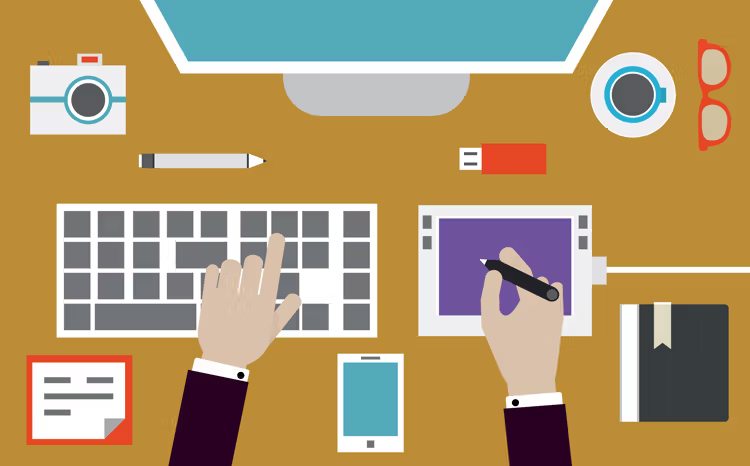Task: Physical Files: Backups & Hard Drives
Almost everyone uses the cloud to backup files now, but it used to be standard, and still is for many, to use a physical hard drive, whether it’s a thumb drive or a larger metal rectangle.

Most of us probably still have a drawer full of these things. This is where you should focus, because there’s a possibility those harddrives haven’t been touched in a long time.
It’s hard enough to sort through physical possessions. Add in terabytes of unsorted data, much of which could be duplicates, and it’s a herculean task to behold. Sure, there could be gems hidden on those backups, the same way you might find a priceless heirloom in a box in the attic, but searching through every file could take a lifetime. You and your family have better things to do.
The reason for having a backup in the first place is to recover a computer after a meltdown and restore your computer the way it was. This means backups for older computers aren’t of any use beyond nostalgia and peace of mind. Then there are the memories. Mainly documents, photos and videos, and emails (if you can still access them). Some of these you might want to preserve, but you should still consolidate it all down to a manageable level.
The Task (which should be ongoing)
- Gather up all the external drives you have in one box. This includes thumb drives too.
- Go through each, one-by-one, and start sorting.
- Any data you want to keep — mainly photos, videos, and documents — should be moved into a folder on your desktop titled “Stuff From External Drives” or some naming convention allowing you to remember what it is.
- Once you complete a drive, reformat it — that means erase it — so there’s no going back.
- Repeat until all the drives are empty.
- Use one of the drives to back up your current computer because that’s still an important thing to do. Now instead of having 20 external drives, there’s only one and it’s filled with items worth keeping.
Not very scientific, but this will save you so much time. If you’re the sentimental type, you'll waste hours stuck in memory holes, probably want to keep everything, or find it too daunting and want to give up. If this is the case, then don’t even bother looking and just reformat the drive.
This might sound extreme but think of it this way: If you haven’t needed these drives for years, why do you need them now? What would your family do if they were tasked with making sense of decades of hard drives? It’s up to you to mine the drives for what’s important or let them go.
As a bonus, maybe you’ll find an old funny photo or video that you can upload to Facebook or another Social Media site, tag your friends, and brighten their day.
<< Previous Task | Next Task >>
- Task: Get Your Passwords OrganizedThe typical person has an average of over 200 different online accounts,...Read more
- Digital Cheat Sheet: How To Create A Digital...What happens to your digital property after you die? Great question! Here's...Read more
- Task: Grant Access To Your DevicesIn case of an emergency, how could someone you trust access your phone?Read more
- Task: Clean Up Your Phone ContactsWe’re all familiar with naming an emergency contact if something happens,...Read more



